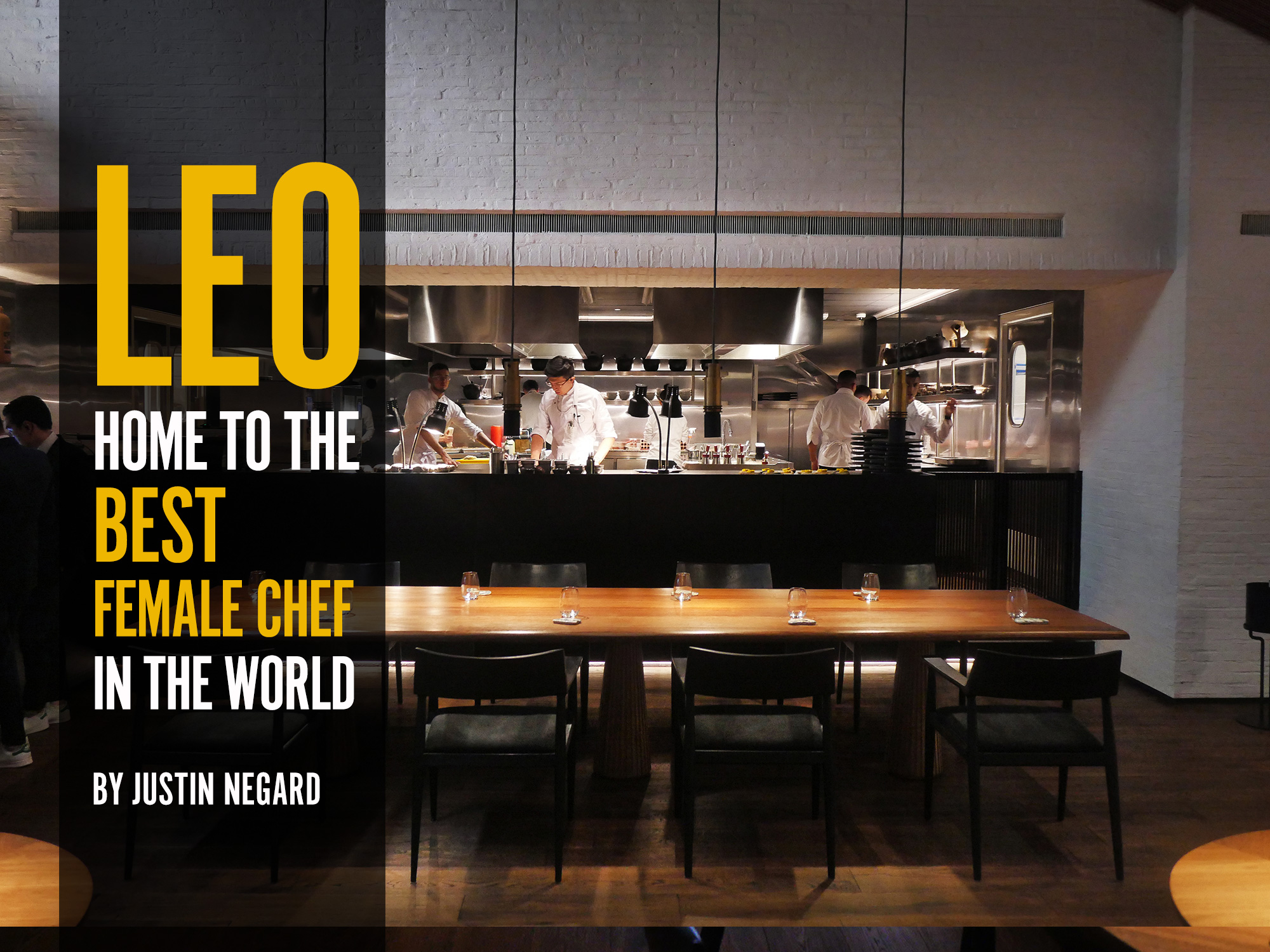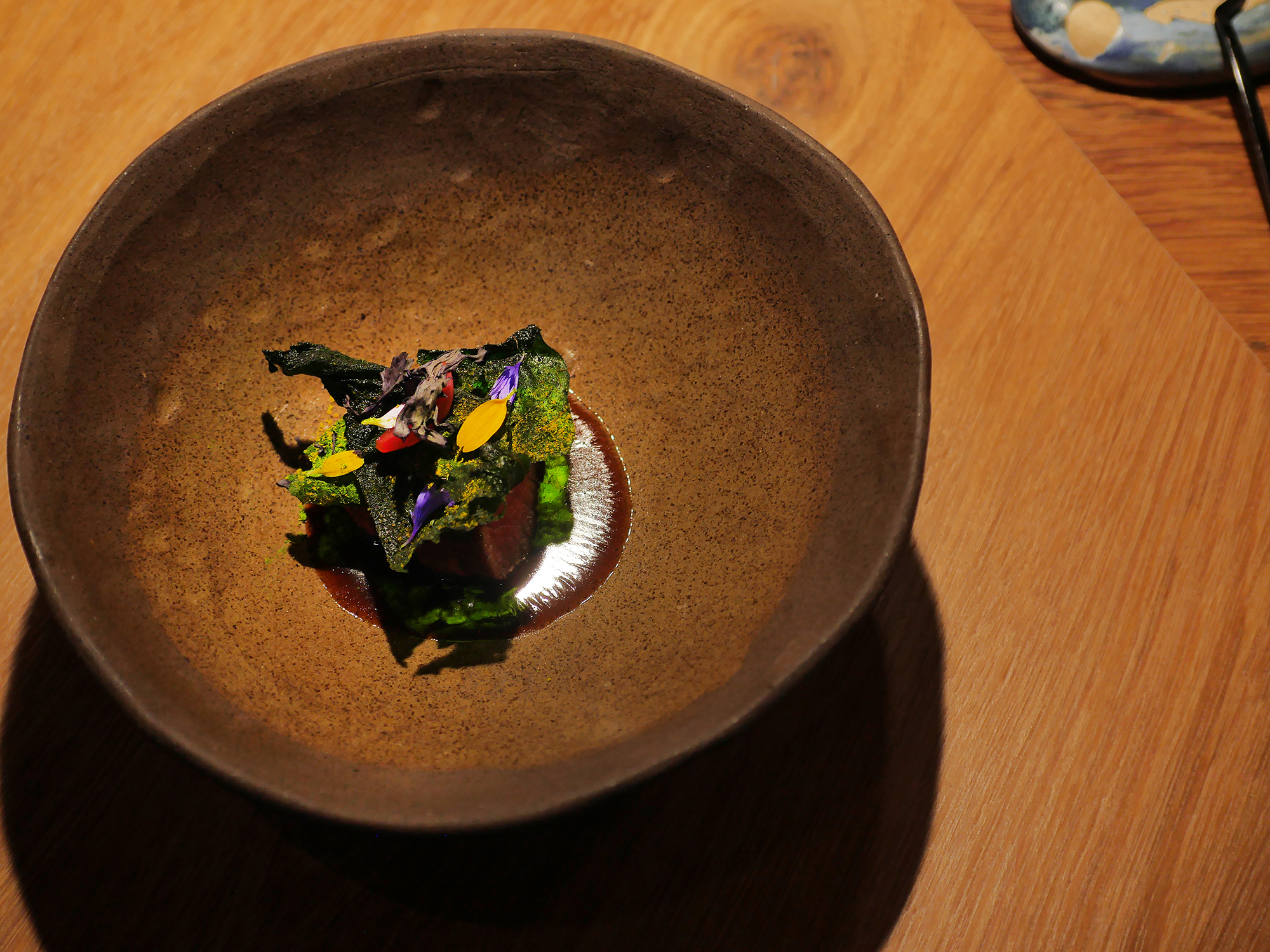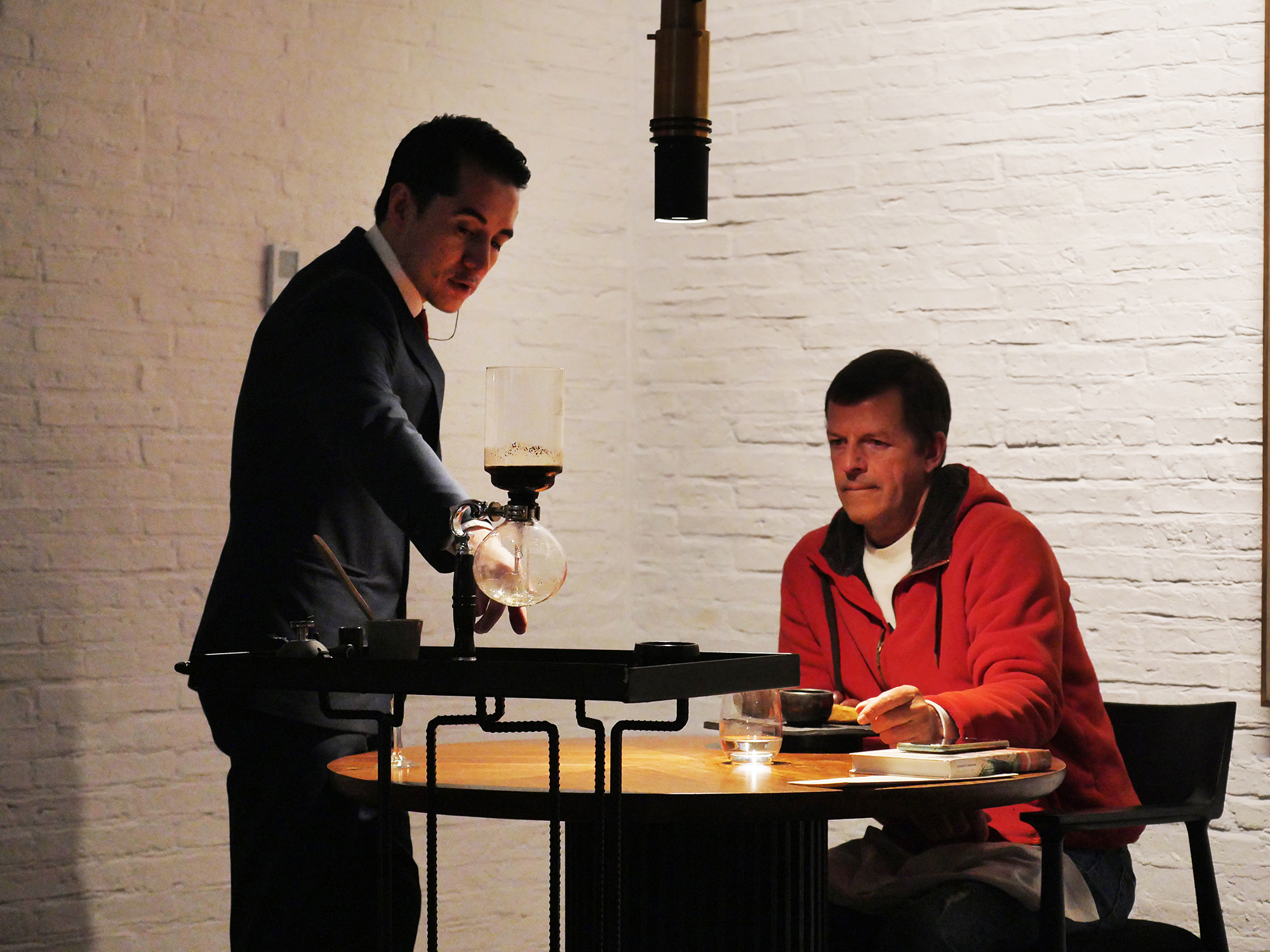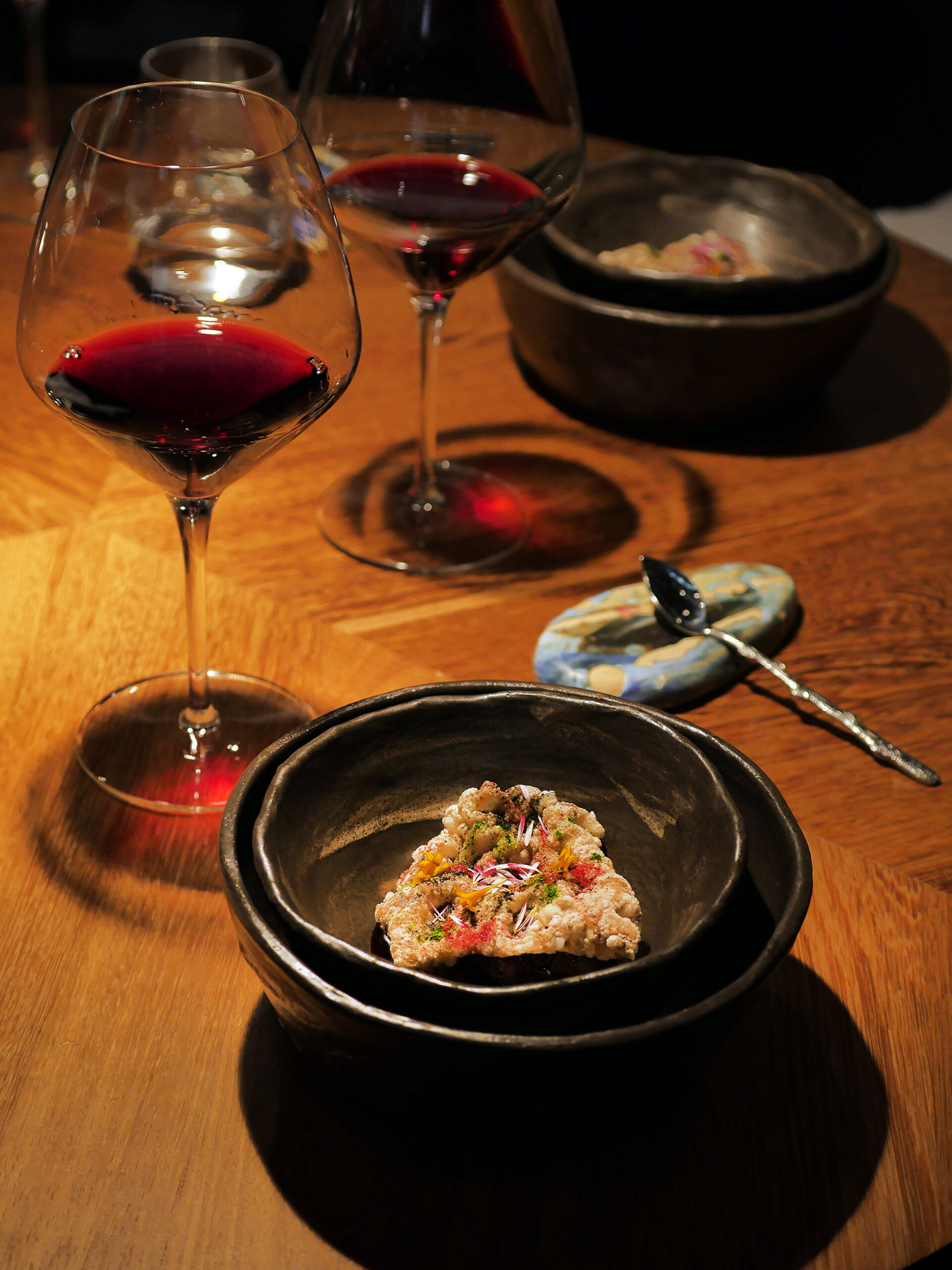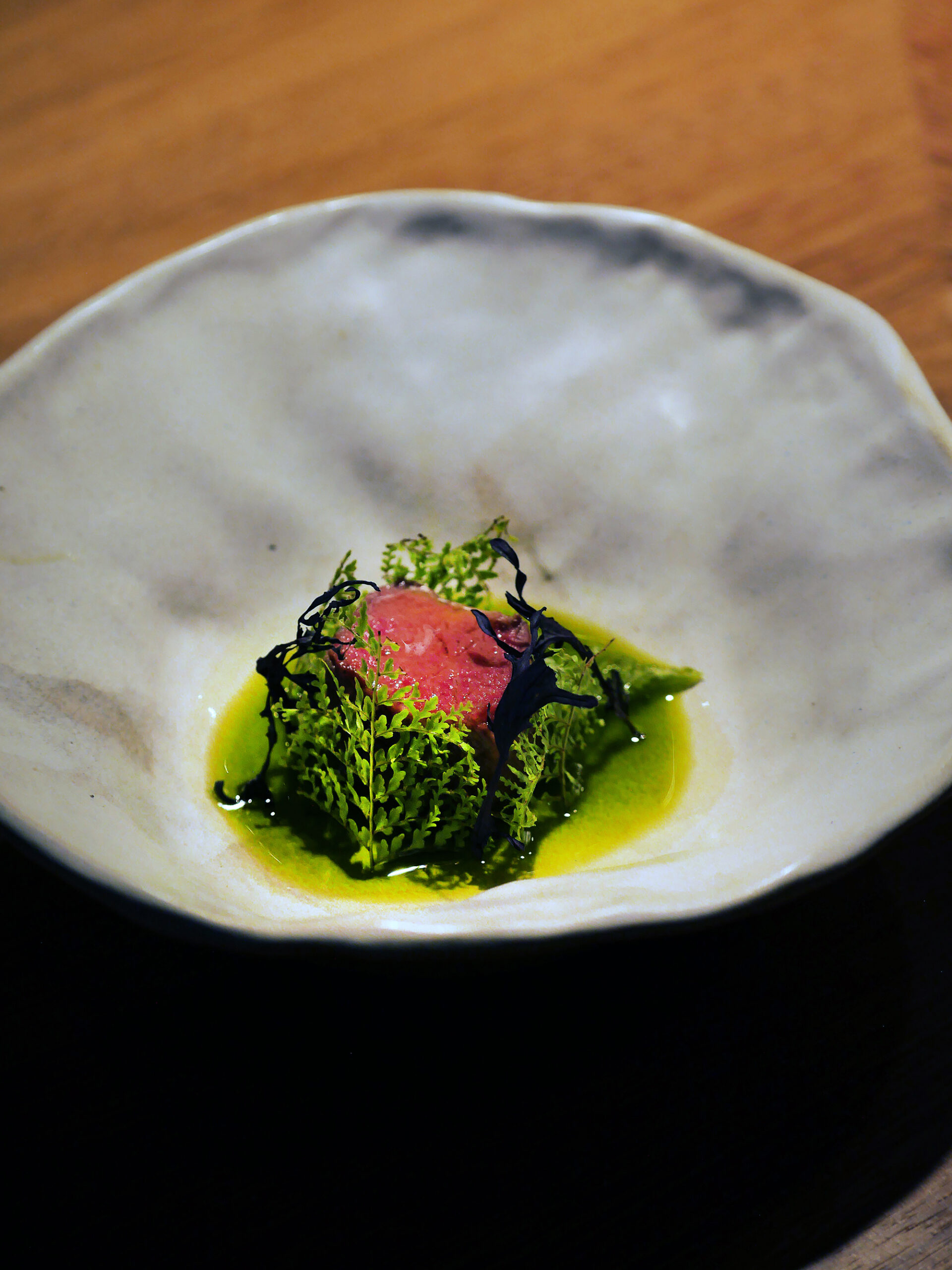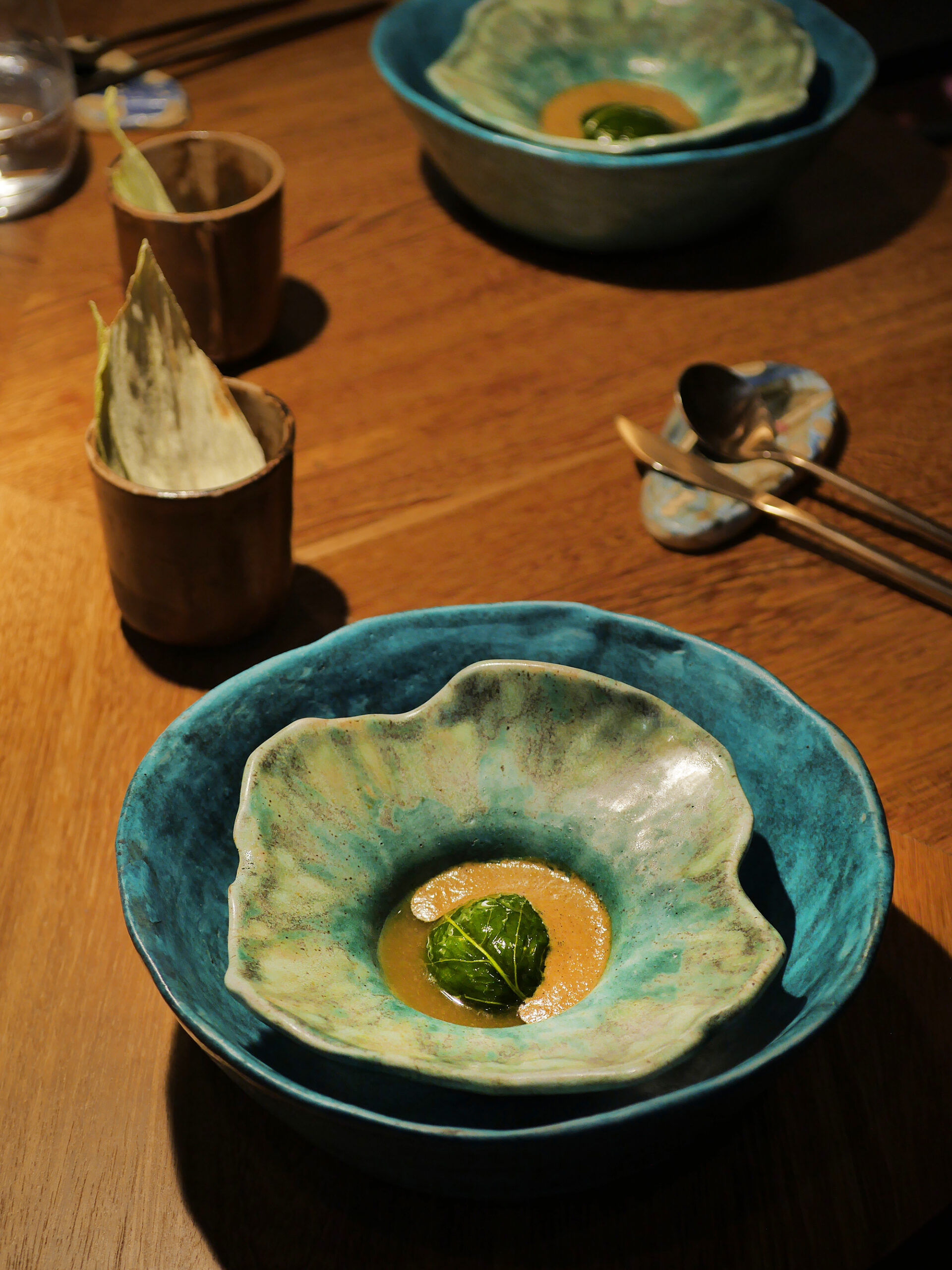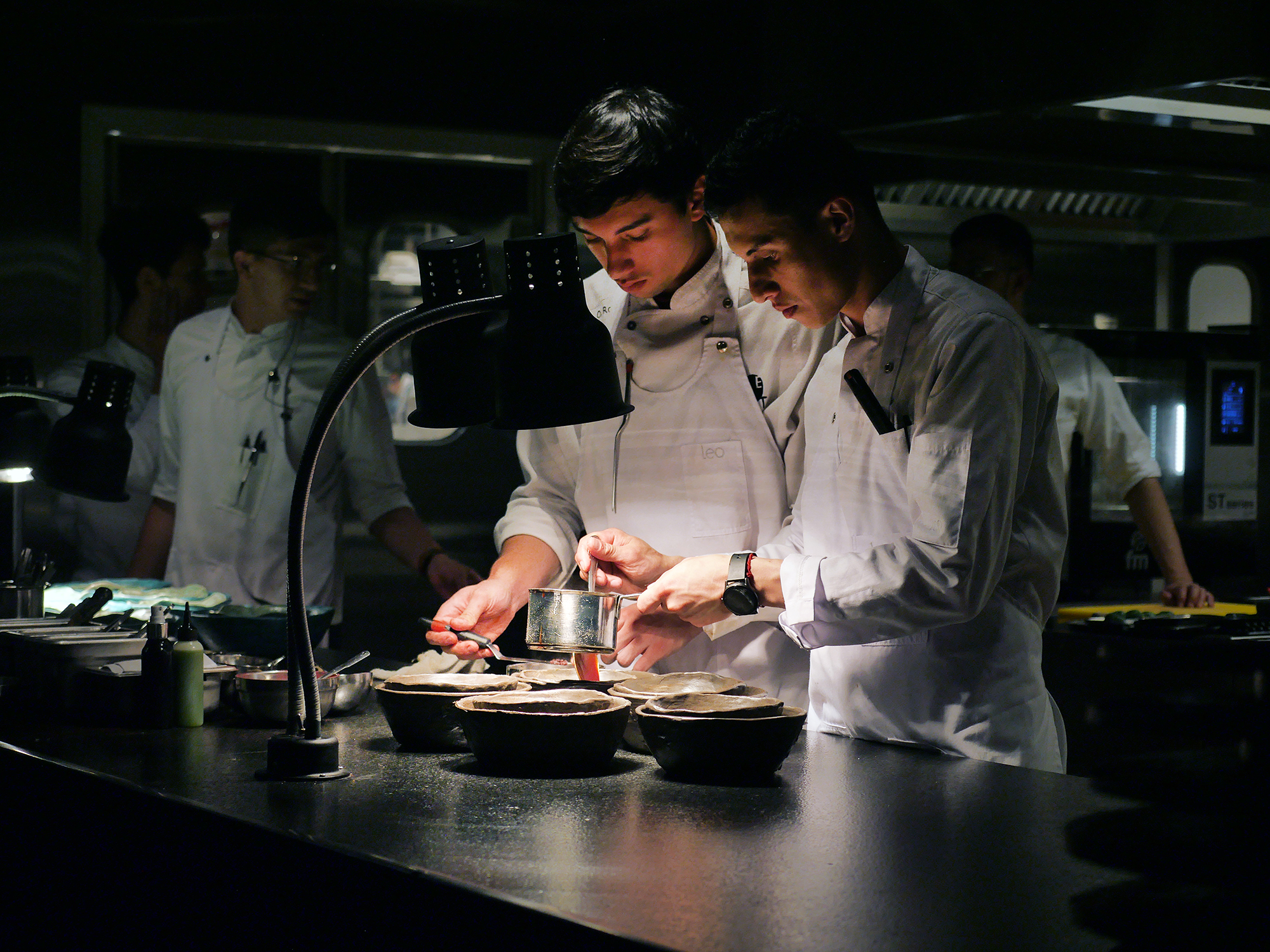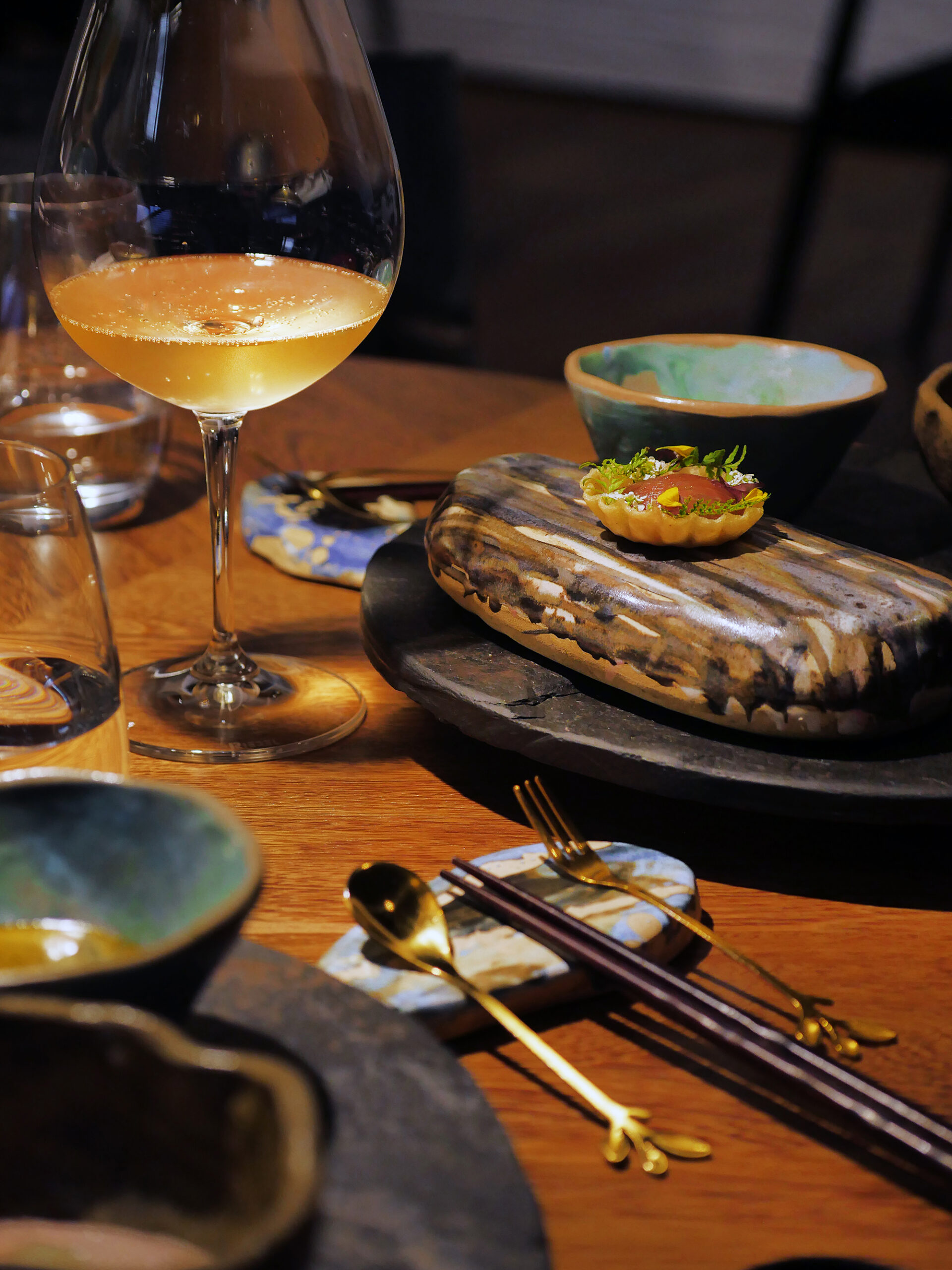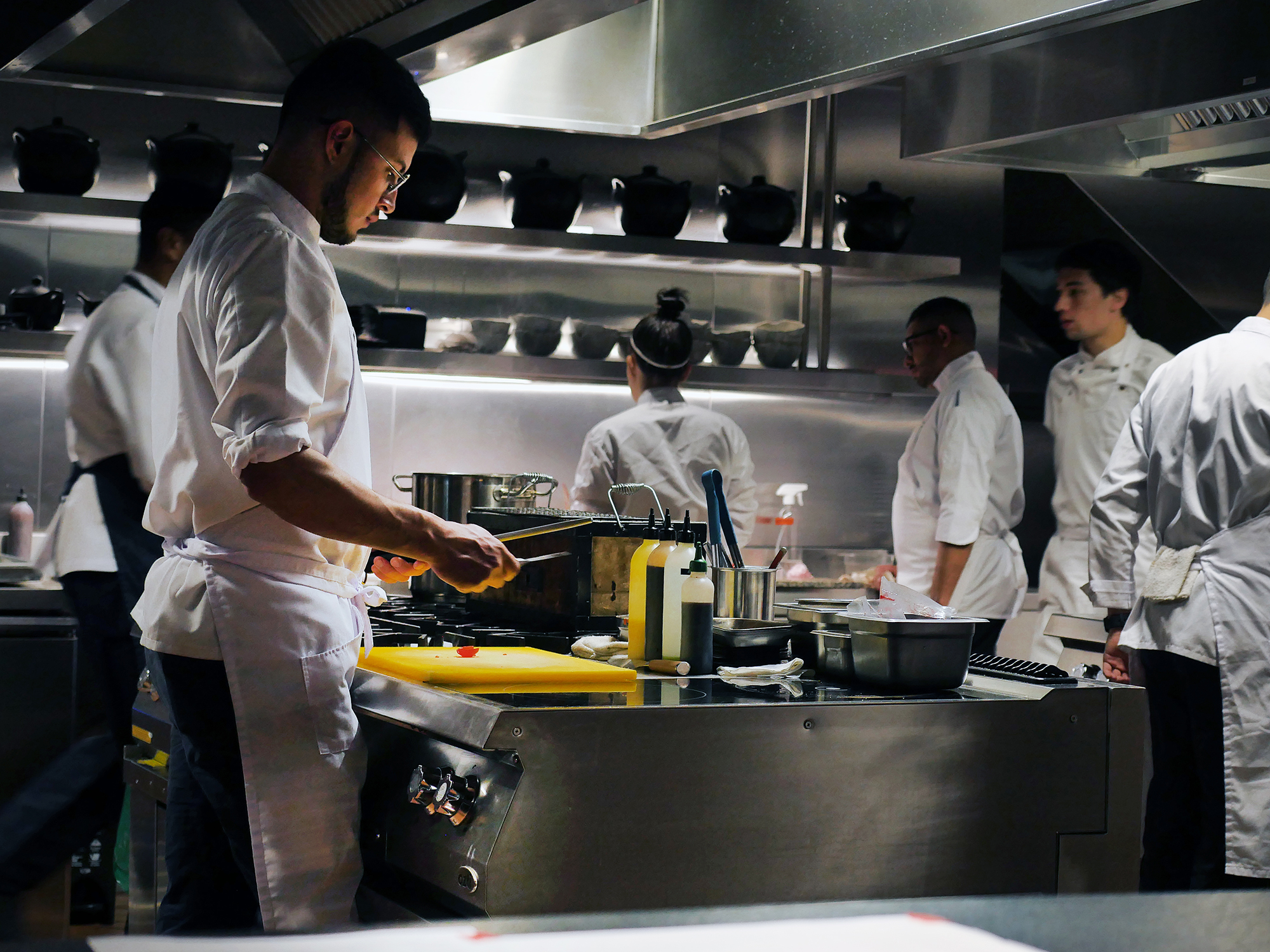What does it mean to be the best? We measure the best in a variety of ways: points, times, dollars, votes, most hot dogs eaten. These are inarguable bests. Yet how does one rank the best in the culinary world, an honor that relies on something as arbitrary as personal taste?
For Colombian chef Leonor Espinosa, the answer is clear: consistency. She has been declared the best time and time again, and she was most recently named the “Best Female Chef in the World” by The World’s 50 Best. In July, we were granted access to her award-winning Bogotá restaurant, LEO, and I can safely say that her title is well earned, and perhaps even more.
LEO’s reputation arrived well before I did. From the news broadcasts to the streets, it’s a restaurant that garners a great deal of pride and respect from the locals. There’s something new going on there. Based in the vibrant neighborhood of Chapinero, this restaurant reflects something larger than the building itself: it’s the embodiment of the excitement and creativity that is burgeoning in this capital city.
“We receive guests from all over the world, including the United States, Mexico, Russia, China, Europe and Africa,” explains restaurant manager and our personal guide, Jimmy Romero. “The restaurant is always booked to about ninety five percent full. After our chef receives an award, it’s usually booked to one hundred and ten percent.”

Chef Espinosa’s menu is a colorful journey throughout the entire country of Colombia. There are king crab and albacore from the coast, accompanied by dried prawns, Caribbean crown conch and green coconut mussels, all drizzled in pacific seawater. Then there’s the Amazonian side of the menu that features suckermouth catfish and Amazonian turmeric which were served with peach palm hearts and coca leaves. Each course provided scents and smells that inspired imaginary journeys to the varied ecosystems of the country, from the shores of the north to the mountains and jungles throughout the central and southern regions.


LEO only serves tasting menus, and visitors can choose a lighter seven course option or a more thorough twelve course experience. Drinks are optional, but if you can, opt to have them. A variety of wines, dry forest vermouth, and the regional fermented corn drink “chicha joven” provide a delightful spark to the sweet and savory flavors on each plate. Everything seems to twinkle in LEO’s modern dining room, accented with its dark wood and subtle lighting.
A particularly welcome surprise at LEO is the blending of the familiar with the unexpected. Chef Espinosa cooks classic cuts of sabanero pork, guinea fowl and potato with a flare for the unusual, using techniques of drying and smoking to change textures and flavors into something entirely new. In fact, nothing I tasted at LEO reminded me of anything I had eaten before.
More compelling were the truly new flavors and ingredients that landed on my table. With one of the most diverse ecosystems in the world, Colombia holds a great many culinary tricks up its sleeve, especially for an uninitiated traveler. Servings of lemon ants and culona ants provide a light and crispy serving of protein to the meal, much like a snow pea with legs. Palm hearts are accompanied by the mojojoy, a type of chunky worm that is often found burrowing into those very plants in their natural Amazonian habitat. On the veggie side, eucalyptus, white yuca, sour cassava and paipa cheese are just some of the many fresh surprises that were served my way, each complimented by creamy sauces and local fauna.

Throughout the meal, Romero unveiled and thoroughly explained every detail of the complex menu. Courses were edified both geographically and through technique, as Romero patiently took his time to help me understand how the meal was prepared and where it came from. It was this attention to detail that helped me appreciate the traditions of the farms and indigenous communities that helped inspire many of the plates before me.
“She [Chef Espinosa] is not trying to represent dishes from a particular community,” Romero explains. “The chef visits these places to get ideas that she can bring back and incorporate into something new. She works with these communities in such a way that directly benefits these regions, while also ensuring zero impact on the environments that many of these ingredients originate from.”
To that end, Espinosa and her daughter Laura Hernández (who also serves as the restaurant’s sommelier) established the foundation FUNLEO which, according to their website, supports “processes aimed to improve the well-being of Colombian communities, understanding gastronomy as an engine of social and economic development.”
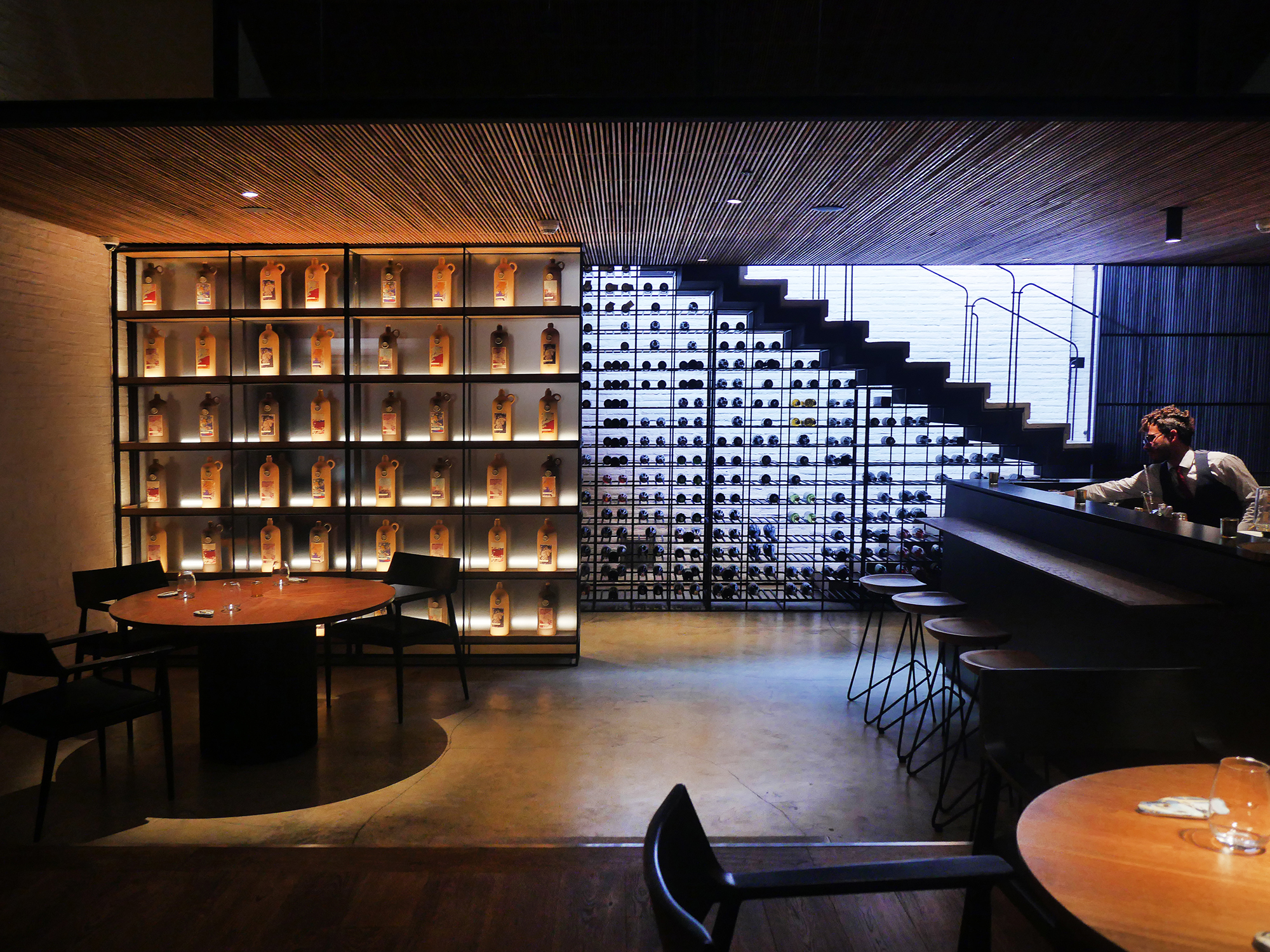
In practice, this means helping supply chains reach parts of Colombia that can often be overlooked, and creating direct lines from the farmers to the restaurants of the larger cities. No middle men or additional hands in the cookie jar.
Again and again, it comes down to the details. Whether it’s the journey from the coast to the city, or the one from the kitchen to the table, it’s clear that Espinosa has put the time in. Nothing has been overlooked from the presentation to the flavors themselves. She has brought something new to the world through taste, texture, presentation and culture, demonstrating new business models for restaurants throughout the world.
Somewhere around dessert, as I savored a variety of local coffees and chocolates from the central regions of Colombia, I began to ponder my original question: is Chef Espinosa the best? I struggled to come up with an answer. Yes, she undoubtedly deserves to be a part of that conversation. However, it is hard to be the best when you are as unique as she is. My meal was a unique, one-time-only experience. There is simply no other chef like her, nor is there another restaurant like LEO. That seems far more valuable than any single recognition. I put the thought out of my head and grabbed another spoonful of culona ants, extra crispy.

Justin is an award-winning designer and photographer. He was the owner and creative director at Future Boy Design, producing work for clients such as National Parks Service, Vintage Cinemas, The Tarrytown Music Hall, and others. His work has appeared in Bloomberg TV, South by Southwest (SXSW), Edible Magazine, Westchester Magazine, Refinery 29, the Art Directors Club, AIGA and more.
Justin is a two-time winner of the International Design Awards, American Photography and Latin America Fotografia. Vice News has called Justin Negard as “one of the best artists working today.”
He is the author of two books, On Design, which discusses principles and the business of design, and Bogotà which is a photographic journey through the Colombian capital.
Additionally, Justin has served as Creative Director at CityMouse Inc., an NYC-based design firm which provides accessible design for people with disabilities, and has been awarded by the City of New York, MIT Media Lab and South By Southwest.
He lives in Katonah with his wonderfully patient wife, son and daughter.


